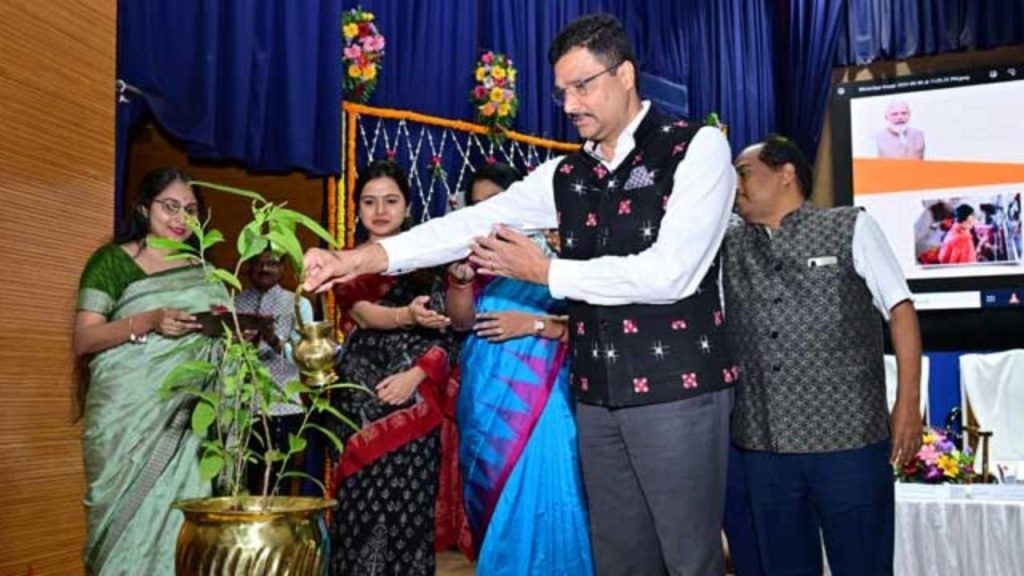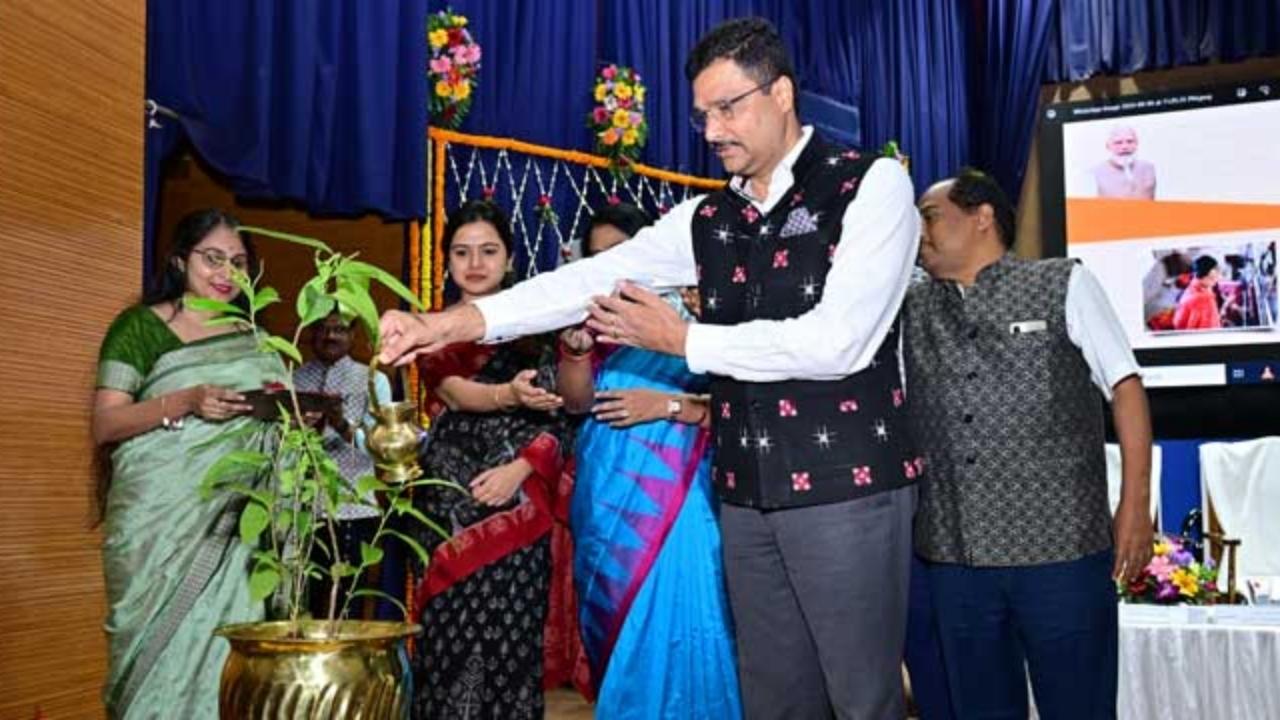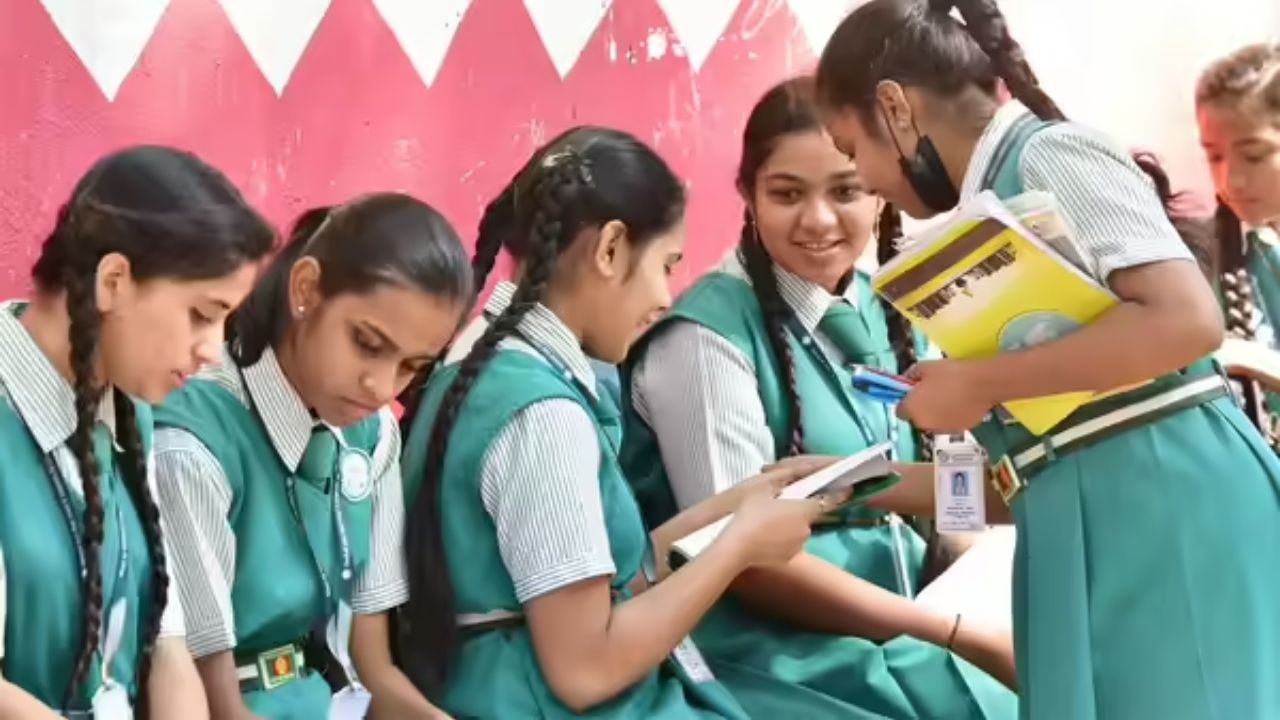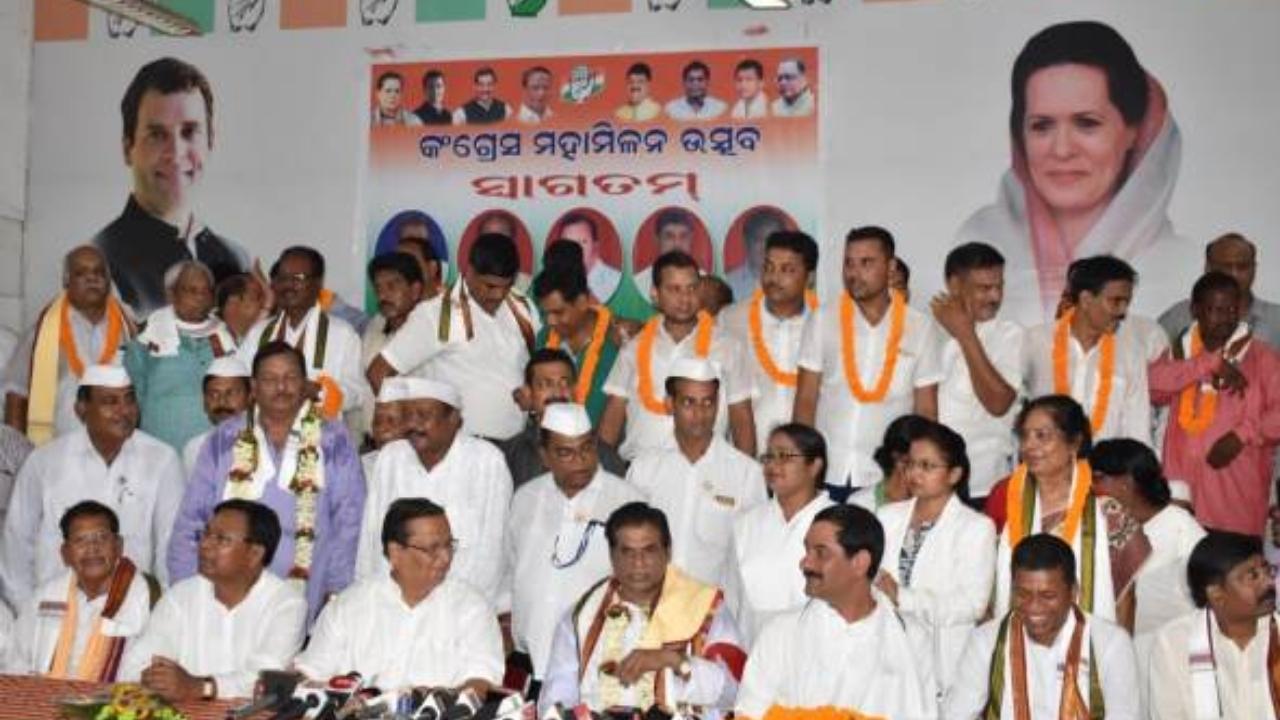National Handloom Day is a time to celebrate the rich tradition of handloom weaving, and in 2025, Odisha took this occasion to honor the ancient art form by showcasing Kotpad’s Mirigan Textile. This unique fabric has been woven for generations by local artisans, mostly women, and has become an emblem of both cultural pride and economic empowerment. The focus on Mirigan textiles during this celebration not only highlights a centuries-old craft but also brings attention to the vital role it plays in empowering local women artisans, contributing to sustainability, and preserving the region’s rich cultural heritage.

In this article, we will take you on a journey to explore the significance of Kotpad’s traditional Mirigan textile, the story behind this beautiful fabric, how it is made, its impact on local communities, and what steps are being taken to promote its preservation. We’ll also dive into why National Handloom Day is such an important celebration for promoting the growth of handloom industries in India and the world.
Odisha Honors National Handloom Day with Kotpad’s Traditional Mirigan Textile
| Topic | Details |
|---|---|
| What is Kotpad Mirigan Textile? | A handwoven fabric from Odisha, made using natural dyes and traditional techniques, primarily crafted by women artisans. |
| Significance of National Handloom Day | Celebrated to honor the handloom industry, preserve ancient techniques, and empower local communities, especially women. |
| Role of Women in Weaving | Women are the backbone of the Mirigan textile industry, providing sustainable livelihoods while preserving cultural heritage. |
| Mirigan Textile’s Environmental Impact | Made with natural dyes and sustainable practices, Kotpad textiles are eco-friendly and contribute to the preservation of local ecosystems. |
| Current Efforts for Preservation | Initiatives like government support, skill development programs, and increased awareness are helping to revitalize handloom industries in India. |
For a deeper dive into the Mirigan textile, you can visit the official Handloom Development Board here.
The celebration of National Handloom Day in Odisha with a focus on Kotpad’s Mirigan textile highlights the remarkable story of empowerment, sustainability, and cultural preservation. Women weavers in the region have not only kept an ancient craft alive but have also turned it into a source of financial independence and community pride. The importance of supporting these industries cannot be overstated, as they provide a sustainable future for both the artisans and the planet.
Understanding Kotpad Mirigan Textile: A Blend of Culture and Craftsmanship
Kotpad is a small town in the state of Odisha, situated in the Koraput district, and it is home to the famous Mirigan textile. The textile is woven using traditional methods passed down through generations. It’s not just a piece of cloth; it’s a symbol of heritage, creativity, and cultural significance for the region.
What sets the Mirigan textile apart is its use of natural dyes, primarily sourced from locally available plants, roots, and minerals. These dyes include indigo, which is famously known for its rich blue color, and other organic dyes that give the fabric its unique earthy tones. The weaving process is labor-intensive, requiring immense skill and patience from the artisans, particularly the women who do the bulk of the work.
For those unfamiliar with the term Mirigan, it refers to a specific type of textile pattern woven with geometric shapes and motifs, reflecting the traditional tribal culture of Odisha. These textiles are typically made from cotton, silk, or a mixture of both, and the patterns are designed to carry stories and cultural symbolism. Historically, Kotpad textiles were used for making sarees, turbans, and other clothing items for local communities, often during festivals and important occasions.

The Importance of National Handloom Day
National Handloom Day, celebrated on August 7, is more than just a ceremonial event. It’s a reminder of the handloom industry’s deep roots in India’s cultural history. In 2025, the focus was on Kotpad’s Mirigan textile, shedding light on the importance of preserving such crafts in the face of modern industrialization and mass production.
This day recognizes the hard work and dedication of artisans across India who keep these traditional crafts alive. It also helps promote economic sustainability for these communities by encouraging consumers to support handloom products over factory-made goods. This year, the celebration not only honored the artisans but also brought attention to the women weavers of Kotpad, who have been crucial in keeping the craft alive for generations.
How Kotpad’s Mirigan Textile Empowers Women
One of the most significant impacts of the Mirigan textile industry is its role in empowering women. In the Kotpad region, women form the core of the weaving community, and many of them rely on weaving as their primary source of income. This gives them a sense of financial independence and allows them to support their families.
By participating in the creation of Mirigan textiles, women gain more than just economic benefits. They also play a key role in preserving the cultural heritage of their community, contributing to the sustainability of an age-old craft. Additionally, with modern innovations and government support, many women in the region are able to learn business management and marketing skills, which enable them to better showcase their work to the outside world.
Programs like Skill Development Initiatives and partnerships with NGOs have helped these women expand their networks, improve product quality, and reach more consumers, all of which contribute to the growth of the handloom sector in India.
The Eco-Friendly Side of Mirigan Textiles
Mirigan textiles are also eco-friendly, making them a popular choice in the current era of environmental consciousness. Unlike factory-made fabrics that are produced with synthetic dyes and harmful chemicals, Kotpad textiles are made using natural resources. This contributes to a reduction in carbon footprints and chemical waste. The use of organic dyes, primarily sourced from plants, supports local ecosystems and helps maintain a balanced environment.
In today’s world, where sustainability is at the forefront of many industries, Mirigan textiles offer a sustainable alternative to mass-produced fabrics. Consumers who choose handwoven textiles support an eco-friendly and ethically sourced product, ensuring that they are contributing to the well-being of both the community and the planet.
How You Can Support Handloom Weaving and Mirigan Textiles
If you’re wondering how you can support the growth of traditional handloom industries like Kotpad’s Mirigan textiles, here are a few ways to get involved:
- Buy Handwoven Products: Look for authentic handloom textiles when you shop, and make sure to choose those that come from artisans who are working sustainably, like those in the Kotpad region. You can often find these items at local markets or online through artisan cooperatives.
- Spread Awareness: Educate others about the beauty and significance of Mirigan textiles. Share articles, social media posts, and videos that highlight the stories of the artisans and the importance of preserving their craft.
- Support NGOs and Initiatives: Several organizations are working to promote handloom industries and provide training and support to women artisans. Consider contributing to or volunteering with these organizations to make a direct impact.
- Encourage Government and Corporate Support: Advocate for policies that protect and promote the handloom sector, including grants, training programs, and tax incentives for artisans and small businesses.
Empowering Odisha’s Women Weavers: Mission Shakti and WSC Sign Agreement
A New Era for Women in Odisha’s Workforce: Guidelines for Night Shifts Explained
Digitally Empowering Anganwadi Workers: Odisha Introduces ‘AWESOME’ App
FAQs
1. What makes Kotpad’s Mirigan textile unique?
Kotpad Mirigan textiles are unique because they are woven using natural dyes, which give them distinctive colors and patterns. The tribal motifs used in the weaving process are deeply rooted in local culture, making each piece of cloth a representation of history and tradition.
2. How does National Handloom Day promote the handloom industry?
National Handloom Day raises awareness about the importance of preserving traditional weaving techniques and supports artisans in creating sustainable livelihoods through handloom. It helps highlight the value of handwoven textiles in a world dominated by mass production.
3. Are there any government programs to support handloom weavers?
Yes, the Indian government has launched several initiatives like the Handloom Development Program to provide support in terms of skill development, marketing, and financial aid to handloom weavers across the country. You can find more information on the Ministry of Textiles website.
4. How can buying Mirigan textiles help the environment?
By purchasing Mirigan textiles, you support an eco-friendly production process that uses natural dyes and avoids the harmful chemicals found in mass-produced fabrics. This helps reduce the overall environmental impact of the textile industry.





